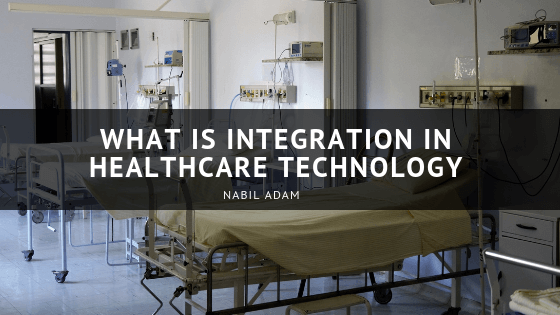While small doctor’s offices may be able to track the needs of their patients without the need for more advanced technologies, that’s hardly the case when you’re looking at larger health care providers. Making sure that patients get the care they need means understanding their past conditions and both creating and directing long term treatments. Many patients will have to visit multiple specialists, often spread across multiple facilities, and ensuring that they’re safely treated means that every professional they deal with needs that critical information.
For older hospitals, this might mean transitioning from outdated systems to new technologies, and even state of the art hospitals will eventually need to upgrade their components. Integration is about uniting the various technologies available in a smart way, so that nothing is segregated and every health care provider has the specific information they need when they need it.
The problem here is that a modern facility could incorporate any number of different technologies into their operations. The digitized entries, such as disease registries, need to be cross-referenced with a customer’s medical history, while digital prescriptions need to be accessible wherever a customer goes to fill that prescription. Integration is all about providing patients with the most knowledgeable and accessible care, but that isn’t always easy.
Most medical professionals have neither the time or proficiency to handle this sort of integration, and that’s why it’s so important for any modern medical facilities to have access to a knowledgeable and well-funded information technology department. The Agency for Healthcare Research and Quality has made integration their top priority. They serve as a bridge between the healthcare providers working on the front lines and the researchers and professionals figuring out how to better integrate IT systems into hospitals and offices. A poorly implemented IT solution could cost lives, so AHRQ makes use of a real life laboratory to test their solutions thoroughly before employing them in the real world.
While it can be easy to talk about the importance of IT integration in healthcare, all you have to do is look at the numbers to see what an integral part of our healthcare system it’s become. Millions of dollars are being invested into integration research and solution in America every year, and it’s unlikely that will change anytime soon. Technology will keep developing at pace, and it will be the challenge of IT professionals to streamline the integration process and allow healthcare providers to stay at the forefront of new developments without having to make prohibitive investments.

